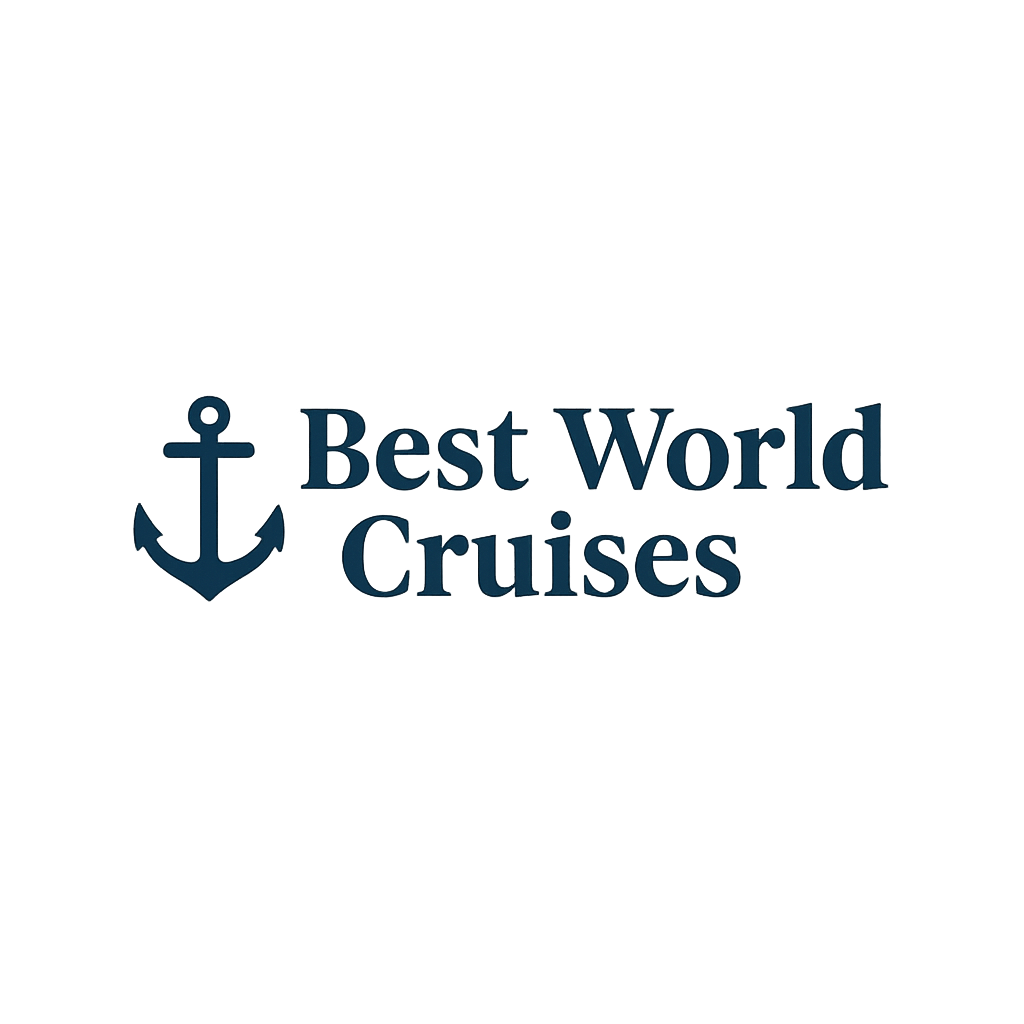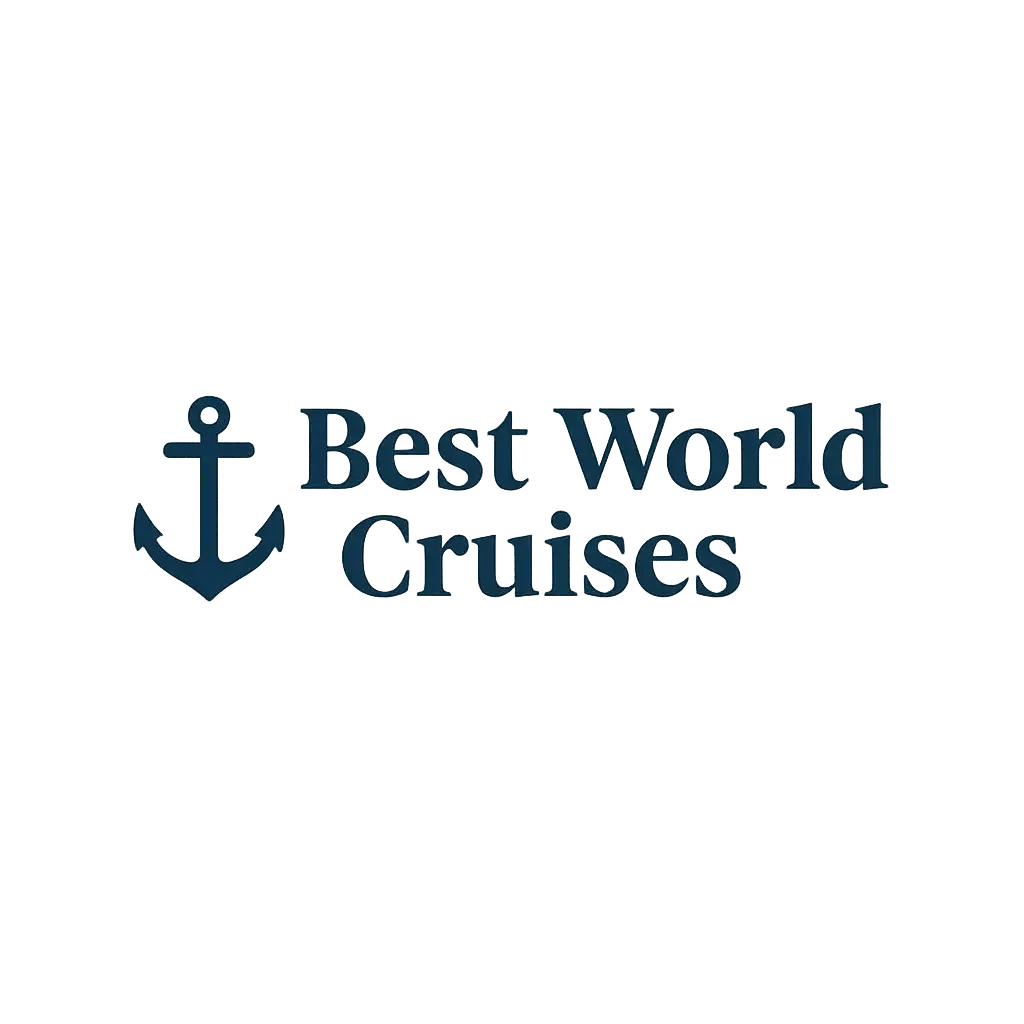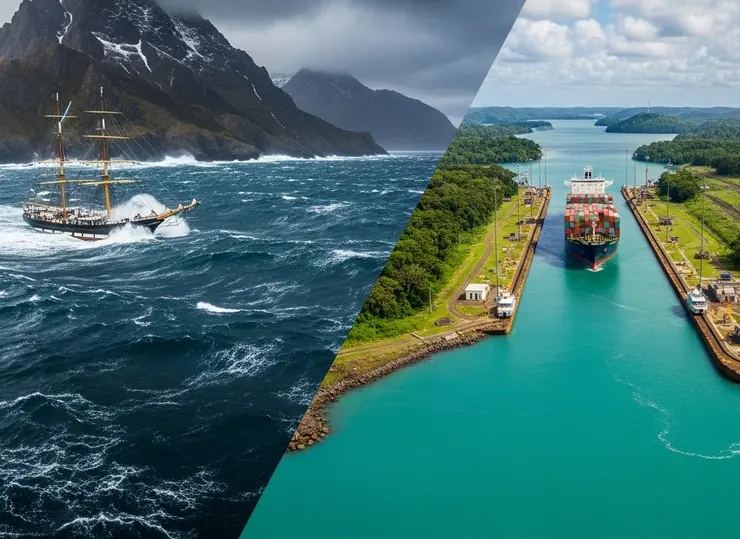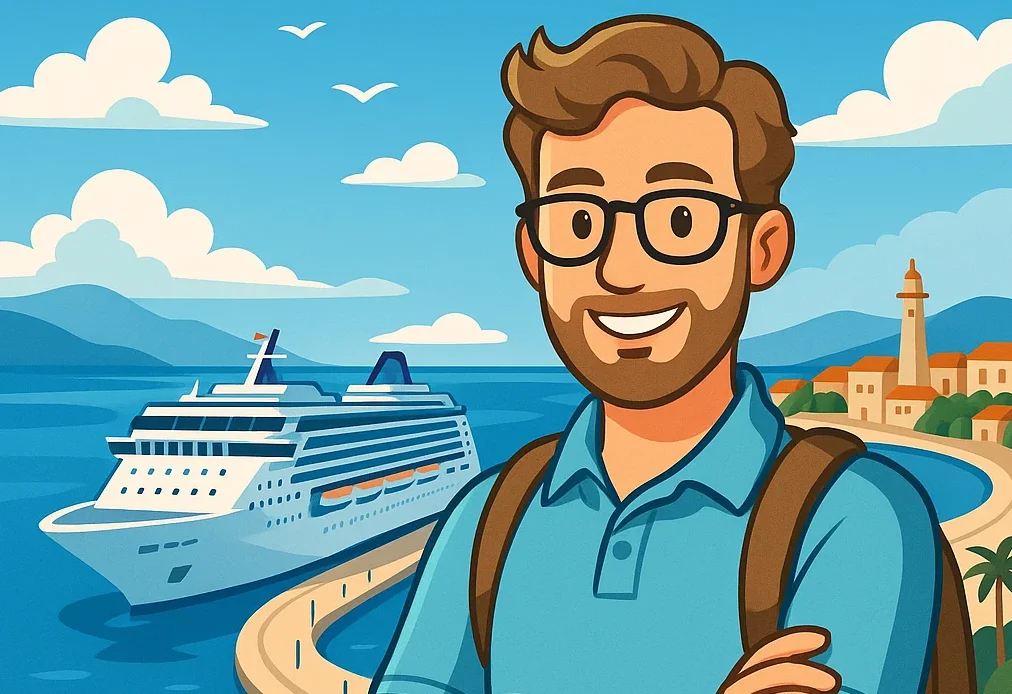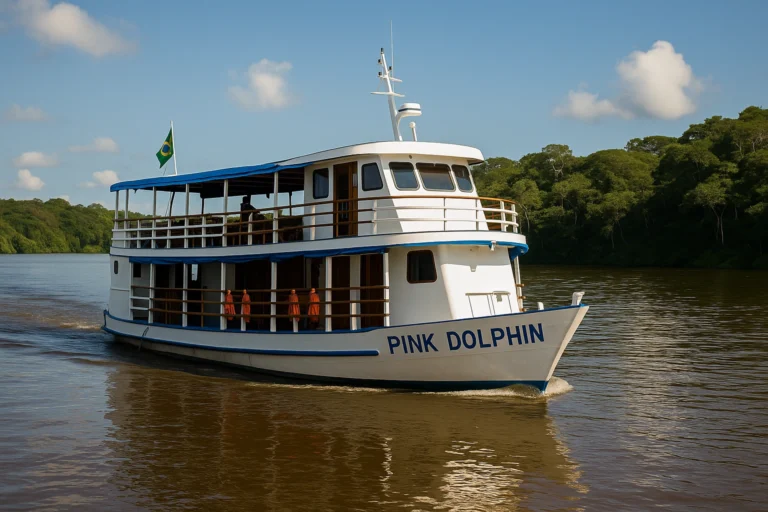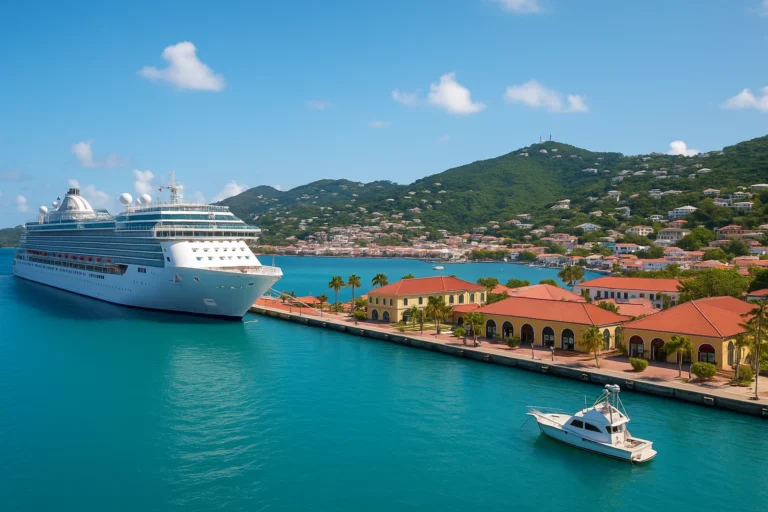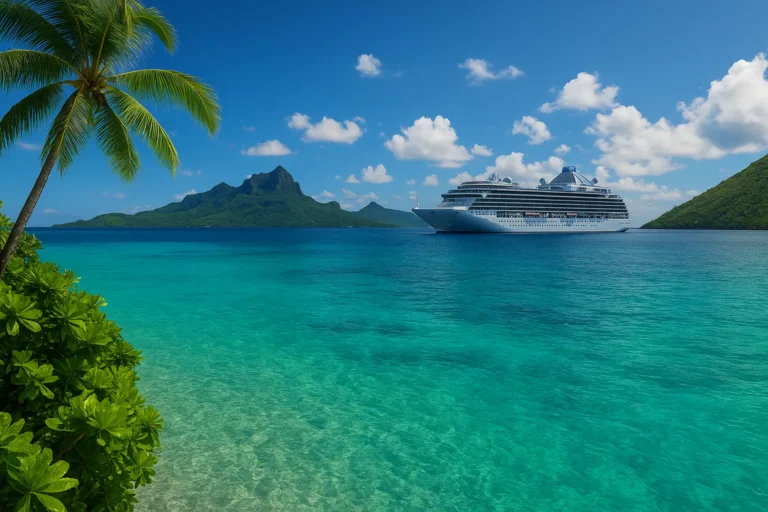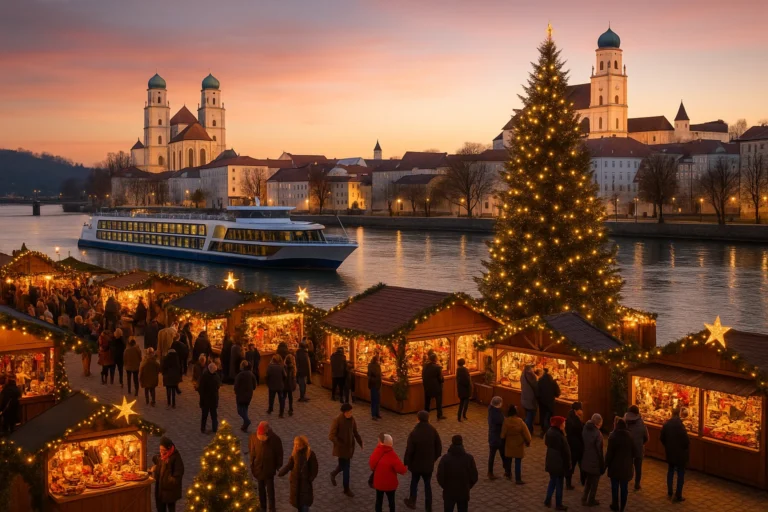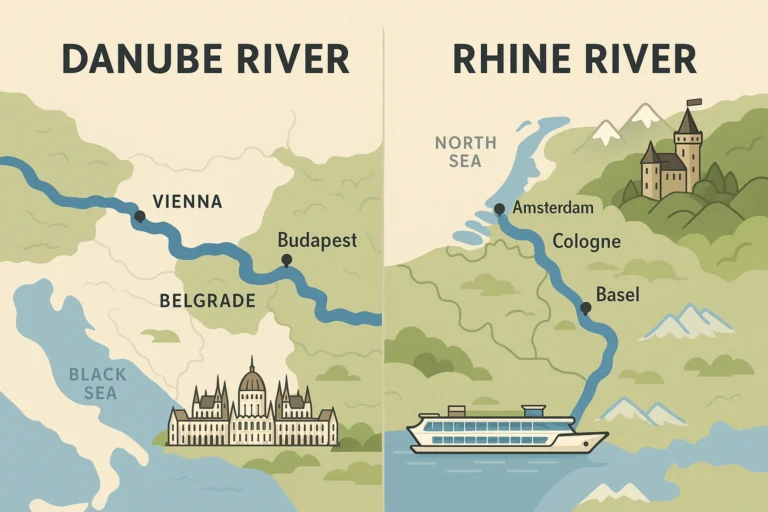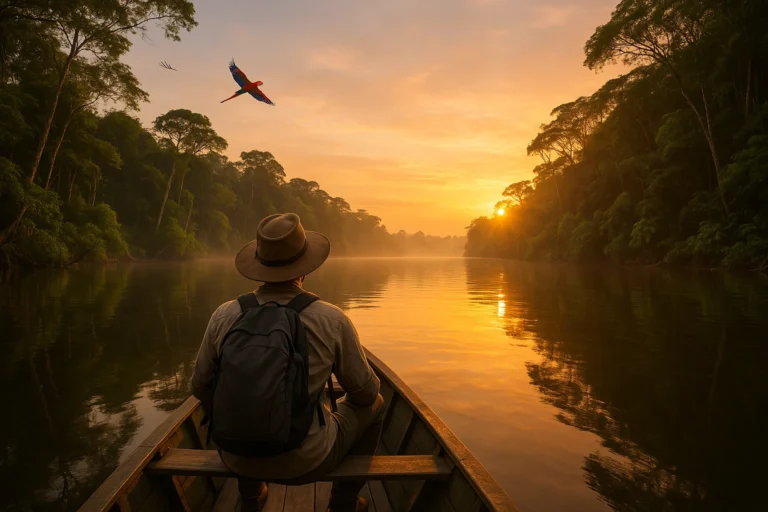Cape Horn vs. Panama Canal: Which Adventure Cruise to Choose?
🚢 Cape Horn vs. Panama Canal: Which Adventure Cruise to Choose? 🌎
For travel enthusiasts seeking more than just a typical sea vacation, an adventure cruise promises unforgettable experiences and breathtaking landscapes. Two of the world’s most iconic maritime routes – rounding Cape Horn and transiting the Panama Canal – offer fundamentally different adventures. The choice between these two epic journeys hinges on the type of explorer you are and the kind of memories you wish to create. This comprehensive guide will help you navigate the unique appeals of each, ensuring you select the voyage that best suits your adventurous spirit. ✨
1. The Raw Adventure: Rounding the Legendary Cape Horn 🌬️🐧
Cape Horn, the southernmost tip of South America, is synonymous with raw maritime adventure, powerful winds, and untamed landscapes. A cruise that includes rounding Cape Horn is an immersion into one of the most feared and respected nautical passages on the planet. It’s a journey steeped in history and natural grandeur. ⚓
What to Expect from a Cape Horn Cruise:
- Dramatic and Wild Landscapes: Prepare for awe-inspiring views of Patagonian fjords, colossal glaciers ❄️, and isolated islands. You’ll witness landscapes akin to Antarctica, though not necessarily entering the continent itself (some itineraries, however, may include brief forays to the South Shetland Islands or the Antarctic Peninsula). The sheer scale and untouched beauty are truly humbling. ⛰️
- Unpredictable Weather Conditions: The true challenge and quintessential part of the Cape Horn adventure are the notoriously unpredictable weather conditions. Strong winds 💨, rough seas 🌊, and cold temperatures 🥶 are commonplace. This delivers an authentic experience of nature’s raw power, making the successful rounding a badge of honor for any cruiser.
- Profound Historical Significance: Rounding Cape Horn is a profound tribute to the courageous mariners who braved these treacherous waters for centuries before the advent of the Panama Canal. It’s an experience filled with deep respect for the history of navigation and the resilience of those who sailed these seas. Many ships will even host special ceremonies to commemorate the crossing. 📜
- Unique Wildlife Encounters: This remote region is a paradise for observing cold-adapted wildlife. Expect to see vast colonies of penguins 🐧, various species of seals and sea lions 🦦, majestic whales 🐳, soaring albatrosses, and numerous other seabirds thriving in this extreme environment. Binoculars are a must! 🔭
- The Explorer’s Spirit: This type of cruise primarily attracts passionate explorers, geography enthusiasts, and lovers of raw, untamed nature, rather than those seeking sun-drenched beaches and sweet cocktails. It’s a journey for the soul that yearns for discovery and challenge. 🗺️
Typical Routes and Season:
Most Cape Horn cruises are part of broader itineraries exploring South America, Patagonia, and occasionally extending to the Antarctic region. Common embarkation and disembarkation points often include vibrant cities like Santiago (Chile) 🇨🇱, Buenos Aires (Argentina) 🇦🇷, or Ushuaia (Argentina), famously known as “the End of the World.” The prime season for these voyages is during the austral summer, from November to March, when conditions are at their “mildest” (though still challenging enough to provide a true adventure). 🗓️
2. The Engineering Marvel: Transiting the Panama Canal 🌉🐒
Transiting the Panama Canal is an entirely different kind of adventure, a testament to human ingenuity and a fascinating journey through modern history. It’s a more relaxed yet equally captivating voyage through one of the greatest engineering feats ever accomplished. 💡
What to Expect from a Panama Canal Cruise:
- Awe-Inspiring Engineering Marvel: The undisputed highlight is the actual transit through the lock systems – Miraflores, Pedro Miguel, and Gatún. You’ll witness colossal ships being raised and lowered dozens of meters through a series of precise, water-filled chambers. It’s a mesmerizing spectacle of precision and power, often with live commentary from a canal expert. 🏗️
- Rich History and Vibrant Culture: The Panama Canal is steeped in compelling history, from the ambitious but ultimately failed French efforts to the eventual American success. Many cruise lines offer insightful onboard lectures and opportunities for shore excursions to the canal’s visitor centers, museums, and the vibrant local culture of Panama City. 🇵🇦
- Tropical Climate and Comfort: In stark contrast to Cap Horn, here you’ll bask in warm temperatures ☀️, embrace the tropical humidity, and marvel at lush, verdant vegetation. This makes for a significantly more relaxed and comfortable cruise experience, often enjoyed from a sun-drenched deck. 🍹
- Rainforest and Unique Biodiversity: During the transit, your ship will pass through Gatún Lake, which is an integral part of the surrounding rainforest ecosystem 🌳. This provides unique opportunities for wildlife spotting, including various species of monkeys 🐒, sloths, toucans, exotic birds 🦜, and other jungle animals thriving in this biodiverse region.
- Exotic Port Destinations: Panama Canal cruises often serve as a bridge connecting the Caribbean with the West Coast of the United States or Mexico. This means your itinerary will likely include calls at sun-drenched ports boasting beautiful beaches 🏖️, vibrant local cultures, historical sites, and opportunities for water sports and exploration. 🐠
Typical Routes and Season:
Panama Canal cruises can be either “Full Transit” (crossing completely from the Atlantic to the Pacific Ocean or vice-versa) or “Partial Transit” (experiencing some locks and then turning back). They typically link ports in Florida or other Caribbean hubs with ports in California, Mexico, or Central America. The best season for these cruises is during the dry season, from October to April, to avoid the peak of the rainy season and ensure pleasant weather for deck activities and excursions. ☀️
3. Which Adventure Suits Your Spirit? 🤔
The ultimate decision hinges on what kind of “adventure” you are truly seeking and what kind of travel experience resonates most with you:
- Choose Cape Horn if:
- You are deeply fascinated by maritime history, exploration, and the raw power of nature. 🧭
- You desire a more rugged, challenging experience, embracing unpredictable weather conditions. 🌬️
- You are passionate about dramatic, wild landscapes, massive glaciers, and unique polar wildlife. ❄️🐧
- You seek a profound sense of accomplishment and a deep connection with nature at the very “end of the world.” 🌍
- You are prepared for a cruise that prioritizes discovery and awe over poolside relaxation. ✨
- You consider the journey itself to be the primary destination. 📍
- Choose the Panama Canal if:
- You are captivated by monumental engineering achievements and humanity’s impact on nature. 🏗️
- You prefer a warm, tropical climate and a more relaxed, comfortable cruising experience. ☀️🍹
- You enjoy immersing yourself in rich history, vibrant cultures, and lush tropical biodiversity. 🌴🐒
- You wish to combine the unique adventure of a canal transit with sunny beach days and diverse port calls. 🏖️
- You appreciate a cruise experience that seamlessly blends learning, observation, and tropical relaxation. 📚 unwind
- You value both the journey through the canal and the diverse destinations it connects. 🗺️
Conclusion: Two Journeys, Two Worlds 💫
Both Cape Horn cruises and Panama Canal transits offer extraordinary adventures, yet they are fundamentally different in nature. Cape Horn is an ode to the raw might of nature and the intrepid spirit of historical explorers – an experience for those with an insatiable appetite for wilderness, extreme conditions, and a humbling encounter with the elements. 🌊
The Panama Canal, conversely, is a magnificent tribute to human ingenuity and perseverance – a remarkable journey through the heart of modern civilization, set within a lush tropical backdrop. It’s a spectacle of precision and a celebration of human achievement that reshaped global commerce and travel. ⚙️
Regardless of your choice, both routes promise priceless memories, a fresh perspective on the world, and an unforgettable chapter in your personal adventure story. Your ideal cruise awaits – simply align it with your spirit of discovery! 🌟
Frequently Asked Questions (FAQ) About Cape Horn vs. Panama Canal Cruises ❓
Q: Which cruise is generally longer? 📏
A: Cruises that include rounding Cape Horn tend to be longer, often ranging from 14 to 21+ days, as they cover vast distances across South America’s coastlines, fjords, and sometimes extend towards Antarctica. Panama Canal cruises can vary from 7-day partial transits to 14-day full transits connecting different coasts, making them generally shorter than most full Cape Horn expeditions. 🗓️
Q: What kind of clothing should I pack for each? 👕👖
A: For **Cape Horn**, layers are crucial. Think warm, waterproof, and windproof outer layers, thermal underwear, hats, gloves, and waterproof boots, even in the austral summer. 🧥🧣 For the **Panama Canal**, pack lightweight, breathable clothing suitable for tropical heat and humidity (cotton, linen), swimwear 👙, and comfortable walking shoes for shore excursions. A light rain jacket might also be useful during the rainy season (though the best time to visit is the dry season). 🌧️
Q: Is seasickness a common issue on these cruises? 🤢
A: Seasickness can be a concern, particularly when rounding **Cape Horn**, where waters are famously rough. Modern cruise ships are equipped with stabilizers, but sensitive individuals should consult their doctor about medication. 💊 The **Panama Canal** transit itself is very calm as ships move through inland waters and locks. Some open-sea segments of a Panama Canal cruise (e.g., Caribbean or Pacific stretches) might experience typical ocean swells, but generally, it’s a much smoother ride overall compared to Cape Horn. 🛳️
Q: Are there land excursions available for both? 🏞️🚶♀️
A: Yes, both types of cruises offer a rich array of land excursions. For **Cape Horn** itineraries, these often include explorations of Patagonian towns like Ushuaia or Punta Arenas, glacier trekking 🏔️, visits to national parks, and wildlife viewing opportunities (e.g., penguin colonies). For the **Panama Canal**, excursions might involve visits to Panama City’s historic Casco Viejo, rainforest eco-tours 🌳, indigenous village visits, and beach relaxation in Caribbean or Pacific port calls. 🌴
Q: Which cruise is more expensive? 💰
A: Generally, **Cape Horn** and extended South America/Antarctic cruises tend to be more expensive due to their longer duration, more remote destinations, and specialized nature. Panama Canal cruises can vary widely in price depending on the length (full vs. partial transit) and the cruise line, but they often offer more accessible price points for a shorter, more conventional cruise experience with a highlight transit. 💲
Q: What kind of ships are typically used for these routes? 🚢🛥️
A: For **Cape Horn**, you’ll often find expedition-style ships or larger, robust luxury cruise ships designed to handle potentially rougher seas, often with ice-strengthened hulls if venturing closer to Antarctica. These ships might feature observation lounges and robust amenities for colder climates. For the **Panama Canal**, a wider range of mainstream and premium cruise lines and ships (including very large ones that fit the new “Neo-Panamax” locks) operate, as the transit is less about extreme conditions and more about the engineering marvel and tropical destinations. 🚤
Q: Is there a “best time” to book these cruises? 📆
A: For both, it’s advisable to book well in advance, especially if you have specific dates or cabins in mind. For **Cape Horn**, the season is shorter (Nov-Mar), so popular itineraries sell out quickly. For the **Panama Canal**, the dry season (Oct-Apr) is peak, so early booking can secure better prices and availability. Last-minute deals are rare for these unique itineraries, particularly for Cape Horn. ⏳
